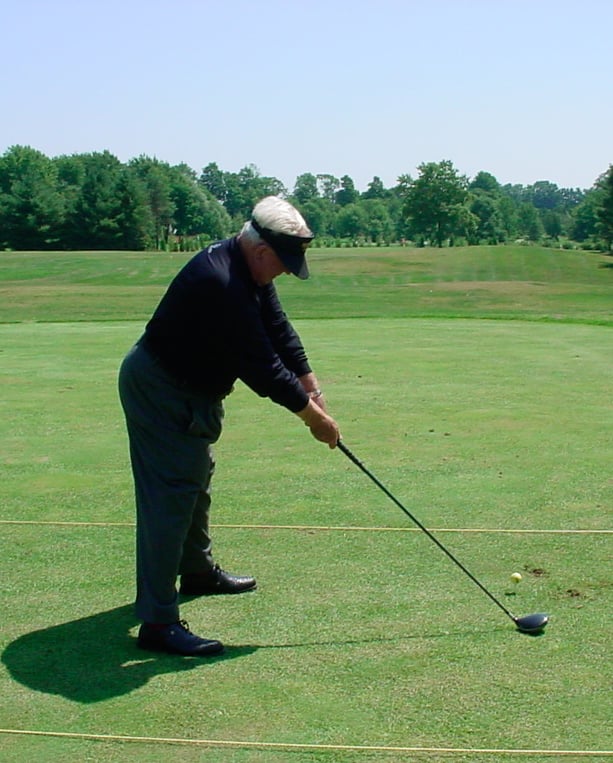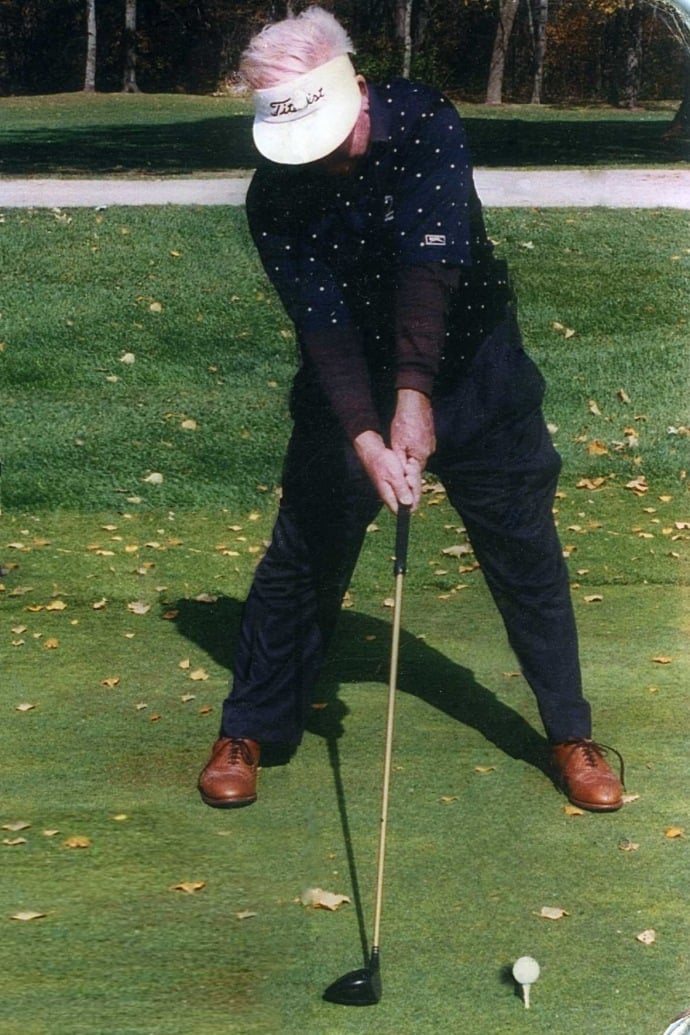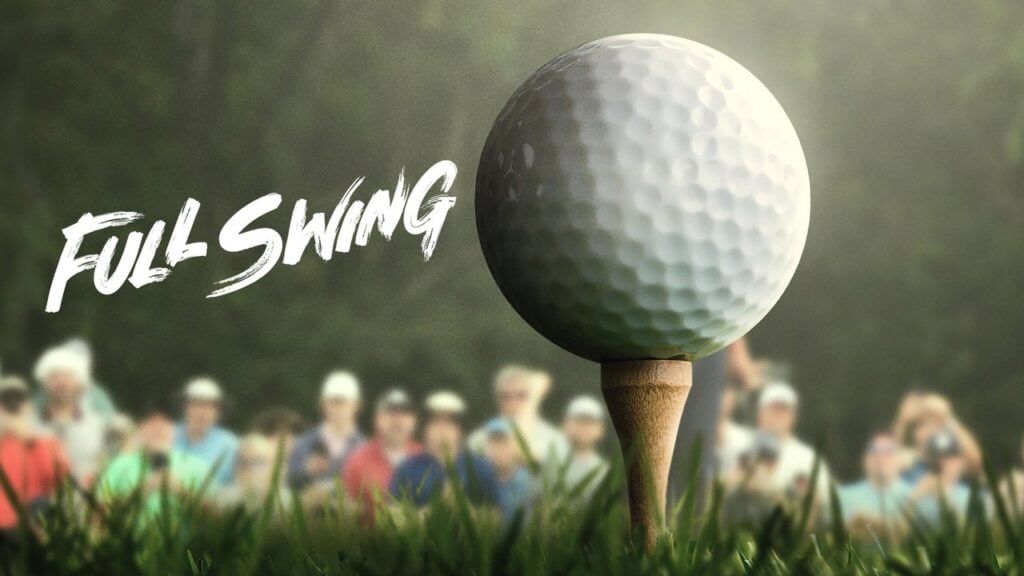Golf teachers will often agree that there are many ways to hit a golf ball. Some swings are upright, and some are flat. Many will have the clubface closed or even open during the swing motion. Yes, all of these types of swings can, in some level of aptitude, strike a golf ball. Each of them, however, has built-in compensations for flaws.
Years ago a well-known teacher taught me that he shows swing flaw must have an accompanying flaw to fix it. What this means is that for every swing problem you must have a second flaw in make-up for the initial question. You can’t just have one swing fault – you must have at least two. Without the compensating correction, you can’t hit the ball.
For example, if you have a closed clubface during your backswing, you must have a movement to open the face in your downswing. One flaw always has an offsetting flaw.
In many ways, this is why golf lessons can make you worse before you get better. If you fix one flaw and the compensating flaw still exists, then you are caught in the dilemma of only having one swing problem resulting in lousy golf shots.
This is what initially attracted me to Moe’s swing. Not only did I recognize his abilities, but I saw a real swing motion – one without compensations.
I often call the address position of the conventional golf swing “The one mistake.” Why? Because it has a built-in problem – standing too close to the ball. The accompanying flaw/movement is to move the body upward to compensate.
The way I see it is that you have a choice to play golf.
You can use the grip it and rip it mentality and fight your way through your compensations OR you can build a swing that is pure technique. Of course, I prefer the Purity of Technique way for some reasons including the following:
- Pure technique without compensations allows you to have a better chance of your bad shots being good.
- without compensations, your swing becomes less maintenance.
- Timing elements of the compensations are not necessary
- It is easier on the body
- Easier to repeat
*************
Why is water wet? Why is the sky blue? Moe would often ask me questions that seemed ambiguous. He would say “Once you know the answers to these questions, you will know.”
“Know what?” I asked.
‘The Secrets” he said.
The answer to Moe’s questions was not complicated. Water is wet because it is all that it can be. The sky is blue because it is what it is. Moe’s golf swing was simply because it was all that it could be. I call it mistake-proof.
Consider placing your body in a position where it has no choice but to move most efficiently. At address, your body position, arms, hands, and club extend so that when you turn, the club runs into a perfect backswing path. The “Sum” of your body position makes it the only place the club can go.
Moe would often say – “I can’t take the club outside “because the club was placed up to 12 inches behind the ball. Due to his spine position, club position and the relationship of the club to pointing to the lead hip, when Moe turned the club immediately when inside – back on the plane. It just couldn’t go anywhere else.

Moe’s address position was the beginning of being “Mistake-proof” This included many things that some consider idiosyncratic, these are the elements of what I think the Purity of Technique?
- Moe’s legs were straight
- This builds a stable foundation for the swing day after day. One of the issues with the traditional swing is: how much to bend the knees? One day it might be a little, another day a player may flex them more depending on his emotional and physical state, which leads to inconsistency. Starting with straight legs means there is no variance in the degree of knee flex from day to day.
- Moe’s arms were straight–pointing directly at the ball
- There is a natural position for holding a club to hit a golf ball; it is similar to a child holding a stick that he’s going to use to run a rock on the ground.
- His club shaft began the swing on the impact plane
- Starting with the club on the same plane that you are going to hit the ball makes sense. (How come no one figures this out before?)
- His upper spine was tilted away from the ball (the lead shoulder is higher than the trail shoulder)
- The tilt happens naturally because of Moe’s wide stance, straight arms and his right hand was lower on the grip than his left side.
- He placed the club head five to 12 inches behind the ball (depending on the club)
- This allows the body to move laterally into impact.

Taken together, these necessary elements of Moe’s address made his swing incredibly simple, certainly relative to the conventional swing. As I first began to study Moe’s swing and got deeper into examining his set-up, I was floored by the genius of its simplicity.


